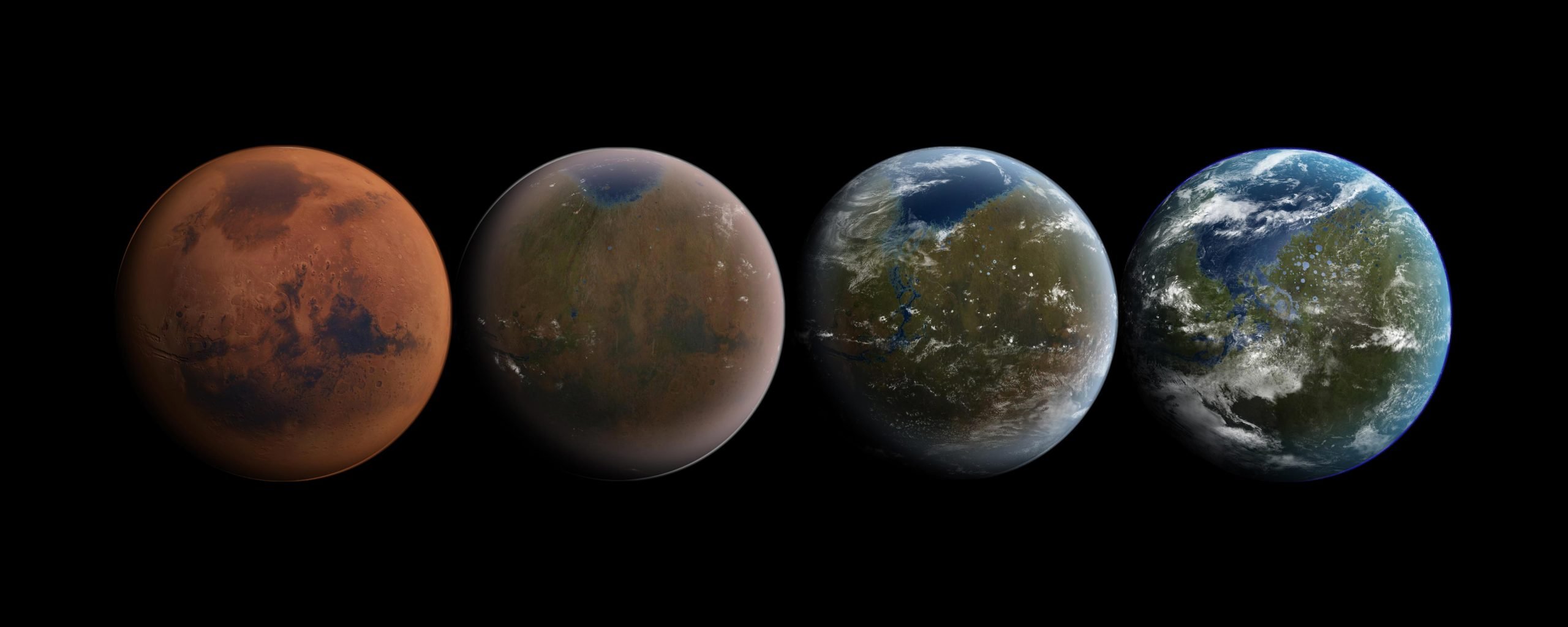Earth will reach aphelion on July 5, 2024.
On July 5, our planet reaches its farthest from the sun for the entire year, a moment astronomers call aphelion. The sun is at its smallest in the sky. It recieves less radiation from the sun, as heat, than at any other time of the year. So why are we all enduring heat waves and summer heat instead of shivering in the cold?
At today’s aphelion, the planet is 94.5 million miles (152 million kilometers) away from the sun, according to timeanddate.com. In six months’ time, it will be the opposite, perihelion, during which Earth will be 91.4 million miles (147 million kilometers) from the sun. That’s only about a three percent difference, but still—what’s going on?
Aphelion Explained
Earth orbits the sun in a slight ellipse, which causes the distance between the two to vary throughout the course of a year. Earth reaches its annual aphelion two weeks after June’s solstice, the beginning of summer in the Northern Hemisphere and winter in the Southern Hemisphere. Perihelion occurs two weeks after December’s solstice, the beginning of summer in the Southern Hemisphere and winter in the Northern Hemisphere.
It was 17th-century German mathematician Johannes Kepler who revealed that all planets orbit in an ellipse in his first law of planetary motion.
Earth’s elliptical orbit explains aphelion and perihelion.
Reasons For The Seasons
The distance from the Earth to the sun is not what determines the seasons we experience on Earth. That’s the tiled axis on which our planet spins. Although our planet’s distance to the sun does make a difference in how much heat it receives, what makes more of a difference is where you are on the planet and when. Earth spins on an axis that’s tilted by 23.44 degrees. This tilt determines how much sunlight each hemisphere of Earth gets at different times of the year, both in terms of how long the days are as well as how low or high the sun hangs in the sky.
Earth’s seasons are caused by its titled axis.
Titled Axis
Right now, it’s the beginning of summer in the Northern Hemisphere when the days are at their longest, the nights are at their shortest, and the sun hangs at its highest in the daytime sky. That’s because, in July, the Northern Hemisphere is tilted towards the sun. The Southern Hemisphere is pointed away from it, which means the start of winter when the days are at their shortest, the nights are at their longest, and the sun hangs at its lowest in the daytime sky.
Perihelion will occur on January 4, 2025.
Wishing you clear skies and wide eyes.

Dr. Thomas Hughes is a UK-based scientist and science communicator who makes complex topics accessible to readers. His articles explore breakthroughs in various scientific disciplines, from space exploration to cutting-edge research.







